Category Archives: Class Projects
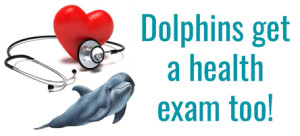
Previous research has shown that dolphins in regions affected by the Deepwater Horizon oil spill have poor body condition, reproductive failure, lung disease, and adrenal system injury. The Consortium for Advanced Research on Marine Mammal Health Assessment (CARMMHA) outreach plan was shaped by the Gulf of Mexico Research Initiative’s (GoMRI) mission to improve society’s ability Read More

Free, downloadable classroom materials covering topics ranging from bioluminescence, marine environments, hydrothermal vents, food webs and Light in the deep sea – including curricula and experiment instructions. Grades 9th – 12th Bioluminescence Candy Chemosynthesis Hydrothermal Vent Food Web Oceanographic Terms and Equipment ROV in a Bag Water-down Topographic Map Marine Environments Teaching Module Light in Read More

Free, downloadable classroom materials covering topics ranging from the BP Oil Spill and its aftermath explored through art, marine environments, hydrothermal vents, food webs and light in the deep sea – including curricula and experiment instructions! Grades 6th – 8th Hydrothermal Vent Food Web Light at the Bottom of the Deep, Dark Ocean? Marine Environments Read More
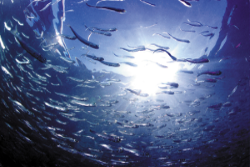
Free, downloadable classroom materials covering topics ranging from bioluminescence to hydrothermal vent food webs and include curricula, experiment instructions, and coloring sheets! Taking Science Deeper Activities Grades K – 5 Book 1: Introduction to the Deep Sea Book 2: Deep-Sea Animals Book 3: Hagfish Day! Book 4: Ocean Currents and Pollution Awareness Coloring Sheet – Read More
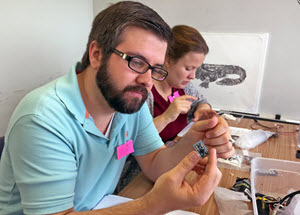
Researchers from Oregon State University, the University of New Orleans, and Proteus Technologies explained how they use ocean gliders to collect temperature, pressure, and acoustic data such as sounds made by Gulf of Mexico whales and dolphins. The Littoral Acoustic Demonstration Center – Gulf Ecological Monitoring and Modeling (LADC-GEMM) team guided the participants in constructing Read More
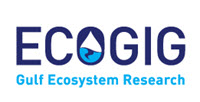
Ecosystem Impacts of Oil and Gas Inputs to the Gulf (ECOGIG) Consortium outreach staff recently brought the Ocean Discovery Zone to Penn State’s Fan Fest for the season’s first home game. Visitors explored the Gulf’s deepwater ecosystems and learned about the importance of healthy oceans. View photos or watch a time-lapse video of the event to learn more. Read More
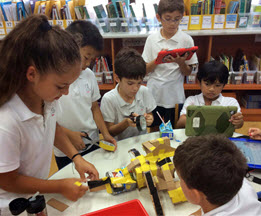
Communicating oil spill research is essential to improve society’s understanding about spills and their ability to respond to and mitigate them. The Gulf of Mexico Research Initiative (GoMRI) has been funding spill-related research since 2010. Here are ten outstanding education products and resources that GoMRI and its science community have developed to share what they Read More
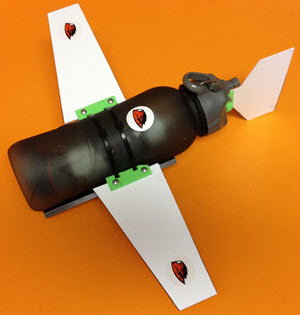
Twenty teachers turn water bottles into mini SeaGliders The research and science behind projects like Littoral Acoustic Demonstration Center – Gulf Ecological Monitoring and Modeling (LADC-GEMM) can often seem high-brow, inaccessible, and even confusing. So, one of the ways the LADC-GEMM project aims to demystify ocean science is by using the popularity of robotic ocean gliders Read More
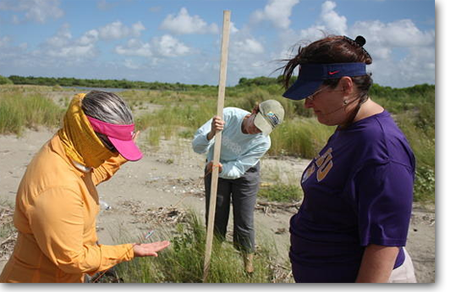
The Coastal Waters Consortium’s Education and Outreach program translates research investigating the effects of the Deepwater Horizon Oil Spill on coastal ecosystems into understandable formats for all levels of society. The program facilitates interactions of students, teachers, adults and other community members with CWC Scientists through the following initiatives and programs: K-12 Education Teacher Education Read More
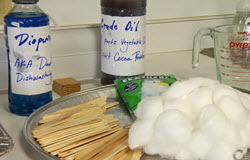
A Hands-On Activity for Children Ages 4-14 The 2010 Deepwater Horizon explosion ultimately led to upwards of 5 million barrels (386 Olympic-size swimming pools) of oil saturating the northeastern Gulf of Mexico. This event threatened 8 national parks and 400 species and heavily impacted the economic well being of Gulf States. Cleanup of the spill proved to Read More
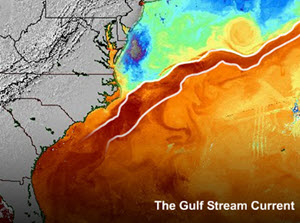
A Hands-On Activity for Children Ages 10-14 An ocean current is the movement of water in the ocean. Oceanic currents are driven by tides, winds, and differences in water density. Density is defined as the number of things, in this instance, molecules, in a certain area. Water density is affected by the number of salt Read More
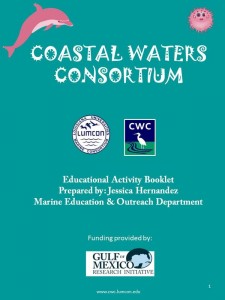
A fun and educational activity book that teaches children about the 2010 Deepwater Horizon oil spill and other marine science topics related to the Gulf of Mexico. Click to download PDF (2 MB) Click to download PDF – Spanish (2 MB)
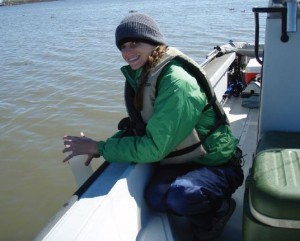
Louisiana State University (LSU) researchers are intimately familiar with the estuaries that surround them. Since 1994, they have studied the water quality of Breton Sound, Barataria Bay and surrounding coastal waters. River flow into these two drainage basins has been drastically altered and both are now fed primarily by man-made diversions and channels. The Deepwater Read More

Scientists with the University of New Orleans were busy monitoring the coastal ecosystem of the Pontchartrain Basin in Louisiana following the Deepwater Horizon oil spill. Their monitoring program aimed to track and evaluate the effects of oiling on eelgrass, oysters and clams, and free swimming fish and invertebrates. The information gained from this study builds Read More
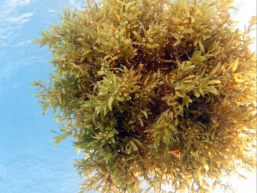
Sargassum seaweed is often found floating freely in both the Atlantic Ocean and the Gulf of Mexico. Take a closer look and you will find a community of organisms thriving around these floating islands. Unfortunately, the Deepwater Horizon oil spill threatened these open-ocean habitats and the animals that depend on them. To assess how pelagic Read More
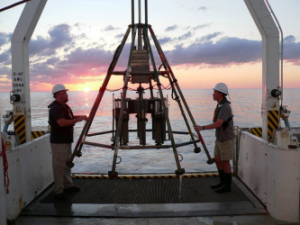
Initially, much of the oil released from the Macondo well during the Deepwater Horizon disaster floated on the surface of the water. Over time, physical processes drove some of the oil onto beaches and into other shallow habitats of the northern Gulf of Mexico. Researchers from the University of Southern Mississippi are trying to determine Read More
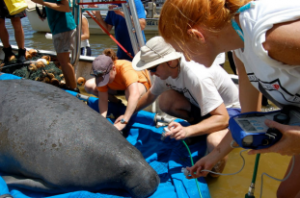
In Mobile Bay, two key species were at risk for contamination as oil entered the surrounding waters after the Deepwater Horizon disaster; the commercially important eastern oyster and the endangered West Indian manatee. These very different species were closely monitored to study effects of oil exposure not only because of their special interest throughout the Read More

The Deepwater Horizon disaster exposed countless plants and animals to harmful crude oil. Though less visible, phytoplankton were also impacted. Scientists from Louisiana State University are investigating what effects the toxic components of crude oil may have on phytoplankton by studying two common species of the Gulf of Mexico. Classroom Activity: Phytoplankton What is a Read More

Salt marshes and seagrass meadows, common across the northern Gulf of Mexico, are highly productive ecosystems that provide critical habitat to many ecologically and economically important species of finfish and shellfish. Juvenile crabs, shrimp and fish that seek refuge in these habitats were threatened during the Deepwater Horizon disaster. Fortunately, scientists are finding no significant Read More
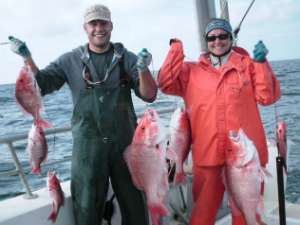
Following the Deepwater Horizon oil spill disaster, NGI funded researchers increased the frequency and expanded the coverage of monthly sampling programs across the northern Gulf of Mexico. Data collected by Dauphin Island Sea Lab scientists after the oil spill, is being compared to historical baseline data, allowing for the potential identification of changes in the Read More
During the Deepwater Horizon oil spill, the potential for oil to be distributed into and around Mobile Bay was unknown. The movement and redistribution of dissolved or very small particles of oil-based substances remained a concern long after the well was capped. Consequently, NGI researchers at the Dauphin Island Sea Lab quickly began sampling the Read More
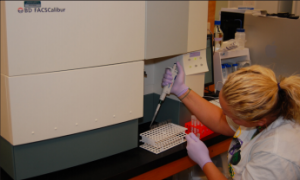
Scientists across the Gulf of Mexico, with support from NGI, are evaluating the impacts of the Deepwater Horizon oil spill on the health of the marine ecosystem. To understand the effects on key elements of the marine food web, one Dauphin Island Sea Lab scientist is comparing microbial samples taken before the oil spill to Read More

The Deepwater Horizon oil spill alone presented a potentially devastating environmental and economic threat to the northern Gulf of Mexico region. Unfortunately, an additional threat loomed as the summer of 2010 marched on and hurricane season became more active. In late June and early July, the oil that had remained offshore for the most part, Read More

Call them spotted seatrout, speckled trout, or even specks; whatever name you choose to call them, know they are important fish, both to the environment and the economy. Spotted seatrout live in coastal estuaries of the northern Gulf of Mexico. They, along with other estuarine species, were exposed to varying amounts of oil soon after Read More
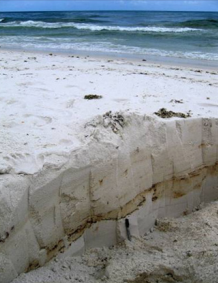
Shortly after the explosion of the Deepwater Horizon rig, oil began washing ashore on many Gulf coast beaches. Over time, because of wind and waves, oil was buried below the beach surface. The impact of oil on sandy habitats, beach dwelling animals and water quality has not been well studied; therefore, scientists at Florida State Read More
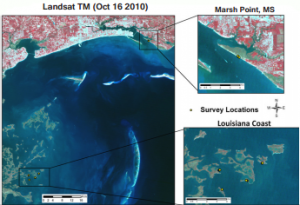
The Deepwater Horizon oil spill put hundreds of miles of the northern Gulf of Mexico coastline in harm’s way. Salt marshes in Louisiana, Mississippi and Alabama received varied amounts of oil during the summer of 2010, ranging from light sheen and tarballs in the east to patchy, heavy oiling in the west and along barrier Read More
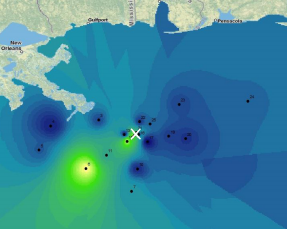
The effects of the Deepwater Horizon oil spill on the ecology of the Gulf of Mexico are, for the most part, still unknown. Florida State University has developed an integrated study of the impact of oil on the coastal and ocean marine ecosystem of the Gulf of Mexico, including the northern West Florida Shelf, extending Read More

In the past, oil exposure has been associated with devastating infectious disease outbreaks in wild populations of fish. The links between these outbreaks and the oil exposure are circumstantial but they suggest an associated disruption of the immune system. Scientists at Mississippi State University hope to use state-of-the art laboratory techniques to determine if the Read More
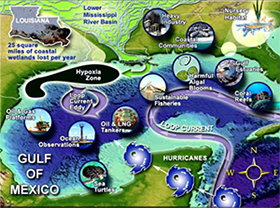
For several years now, a team of scientists from research institutions across the Gulf coast has worked together to develop an Integrated Ecosystem Assessment (IEA) model for the northern Gulf of Mexico. Researchers, including oceanographers, ecosystem modelers, and population ecologists came together shortly after the Deepwater Horizon oil spill to set up the framework for Read More
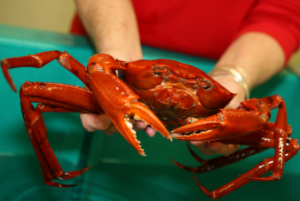
Many of us are familiar with coastal habitats, like salt marshes and seagrass beds, the services they provide, and the seafood they produce. Unfortunately, the deep sea doesn’t have this type of exposure and is often misunderstood. Scientists from the University of Southern Mississippi (USM) are hoping to change that. They are studying this foreign Read More
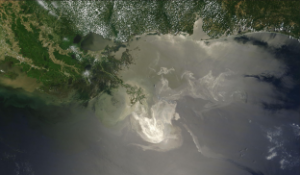
On April 20, 2010, the Deepwater Horizon oil rig exploded off the coast of Louisiana. The resulting oil spill lasted 87 days and created the largest accidental release of oil the world had ever seen. While much of the northern Gulf of Mexico was spared, receiving little to no oil, other areas were heavily impacted. Read More

The explosion of the Deepwater Horizon oil rig was of extreme concern to research scientists, environmental managers, and conservationists. Because of public health concerns, state and federal authorities quickly closed many areas of the northern Gulf of Mexico to recreational and commercial fishing. NGI researchers at the Dauphin Island Sea Lab immediately began studying the Read More
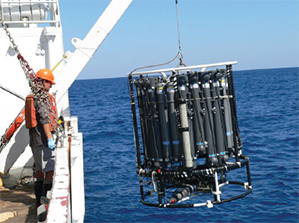
Since the explosion of the Deepwater Horizon oil rig, scientists from a variety of backgrounds have been hard at work collecting samples to monitor the effects of the oil on marine environments. Dr. Alan Shiller, a chemical oceanographer from the University of Southern Mississippi (USM), has been studying both direct and indirect chemical effects from Read More

The Mississippi River Delta region, including the Breton Sound estuary along the southeastern coast of Louisiana, is both environmentally and economically important. The swamps, bogs and marshes of this region account for 40% of all the wetlands in the lower 48 states. Unfortunately, these habitats were put in harm’s way when oil from the Macondo Read More
